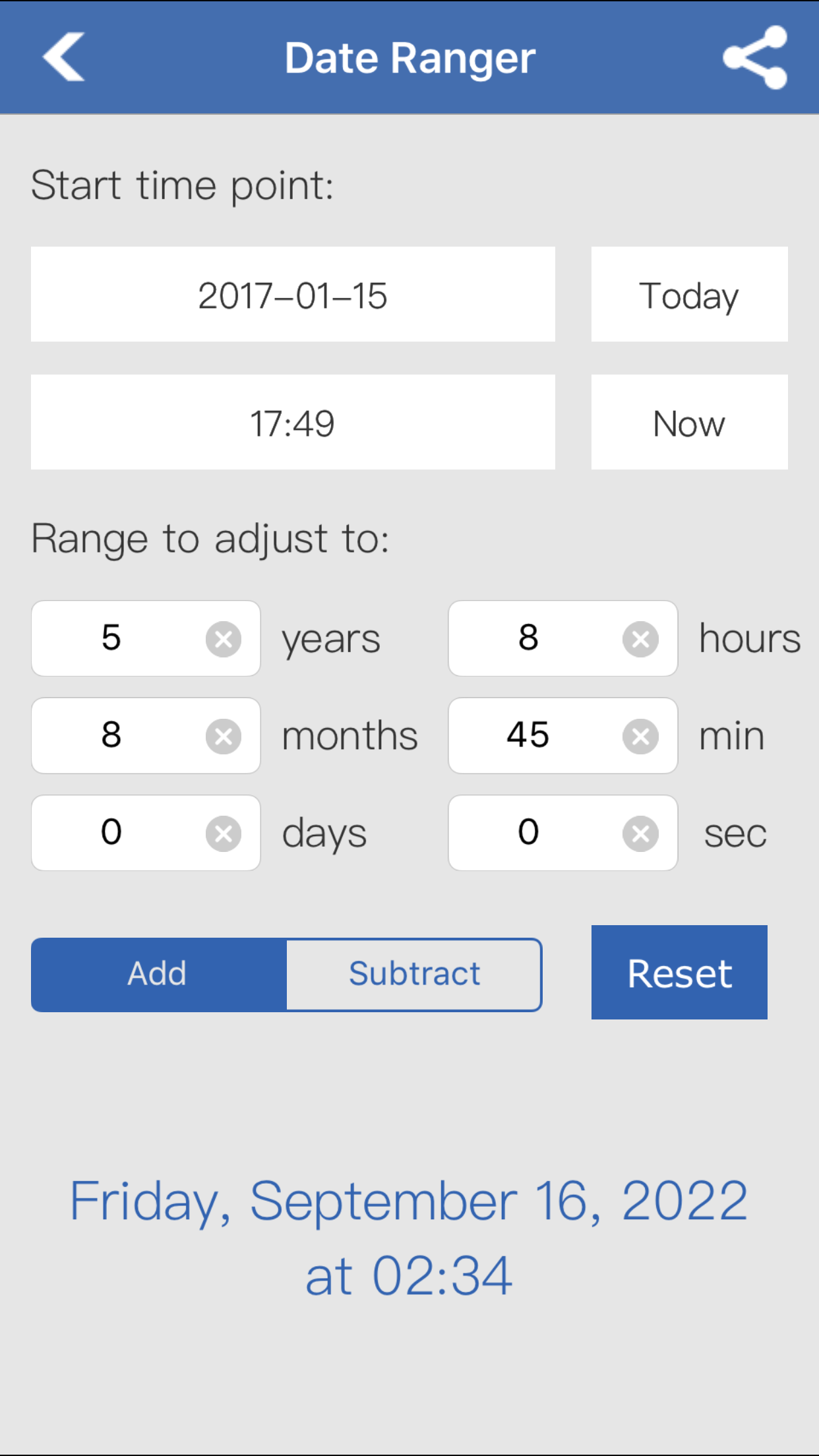

Problem: You want to insert time stamps in your transcript at regular intervals without having to explicitly insert a timecode. Posted on February 21st, 2011 ben No comments

And obviously, there’s no need for a line by line transcript. The “transcript” is only few lines, but it conveys everything he needs to know. He can then click on the timecodes I’ve inserted to see exactly what I”m talking about. (Alternatively, you can reference a common file on a network somewhere). He’ll copy it to the folder where the video is, open the InqScribe file, and the transcript will automatically link itself to the media again. Matt already has the video on his computer, so I can just email the InqScribe file to him. I review the video and I write the following in an InqScribe transcript to tell Matt (who’s editing the video): Cut through - we can jump straight into the intro. The editor/director can click on the timecode to view the segment of video.įor example, we need to edit our introductory screencast. This is particularly useful in team environments: you can watch a video, insert a timecode and quick note about interesting moments, and then share the InqScribe document with your editor or director.
Timecode calculator using normal time tv#
I was reminded of this in recent conversation with one of our customers at a cable tv network: sometimes all you want to do is review a clip and call out highlights from the video that you might want to use. So while we often talk of “transcribing” video, in practice oftentimes it’s more efficient to simply take notes. InqScribe’s free-form text editing is intended to support a wide variety of tasks. With that said, it won’t affect your end results when exporting the transcript as a subtitle file, in formats like SubRip SRT, WebVTT, Plain Text, etc. They will no longer be clickable and cannot be saved as a subtitled QuickTime Movie. Note that this will effectively “break” the timecodes in your transcript. You can work around this limitation by offsetting your timecodes so that they match up after the gap. InqScribe bases its timecode on the total length of the video itself, not the on-screen footage that makes up the video. The problem is that InqScribe can’t read the burned in running timecode and has no way of knowing about the gap. A transcript with a gap like this is said to have discontinuous timecodes. However, you may also have a gap in the middle of the footage that causes the on-screen timecode to becomes out of sync with InqScribe. You can easily resolve this by running a timecode adjustment.

The most common issue is that the on-screen running timecode doesn’t match up with InqScribe’s default starting point. We often hear from users working with video that has a running timecode burned in to the video image. Posted on April 6th, 2018 Alex No comments


 0 kommentar(er)
0 kommentar(er)
